World Fine Art Professionals and their Key-Pieces, 121 - Madeleine van Drunen
World Fine Art Professionals and their Key-Pieces, 121 – Madeleine van Drunen
Madeleine van Drunen works with oil paint, torn collage technique and monoprint. She has found her own form in the monoprint technique. By working layer over layer, a certain texture is created. Color use and the mutual interacting of the layers create a surprising image.
I speak Madeleine van Drunen at her exhibition ‘Dreamed Landscapes’ in the Amsterdam MLB Gallery. On the one hand you see landscapes that radiate calm and are meant to escape the hustle and bustle of everyday life. In another room of the gallery, the hectic of the world gets all the attention in the form of collages of photo reports from the newspaper.
The resistance
Madeleine van Drunen has a great need to show what people prefer to get away from. This need not to forget originates from her youth as daughter of a resistance warrior and communist. Her father and his older brother were in a resistance group operating in the area of Apeldoorn – Hengelo – Arnhem.
Van Drunen: “My father was 16 when the war began, his brother was two years older. He was the leader of a resistance group. He was shot on the street in Hengelo and left there as an example. My father also experienced that he was standing in front of a door, with a ‘checkout order’. But he could not, and left again. My father came out of the war as a war-invalid. A normal job he could forget. From the Foundation ’40 -45′ he received a benefit based on the wages of a 16-year-old employee, which was far too little to maintain his family, with five children. We were poor. ”
Madeleine’s youth was drawn by the war. “Why do people do this to each other? I thought. I had a certain distrust in people. When I was eight, we received in school a booklet about the Second World War. It was on the occasion of the liberation. On the book you saw a picture of Jewish people in the camp, a pile of emaciated bodies, behind barbed wire. In addition, we got a cup with the picture of Queen Juliana and Bernhard on it, with a bow. I still see that before me, that front of the booklet. It’s the basis of my artworks. It is a reflection on unpleasant social and political issues. That we should not forget. ”
Jan Kagie
As a child Madeleine went for many years with her family to the island of Texel. There they stood at the campsite. At this campsite Jan Kagie, an Amsterdam artist, together with his wife, also had a place. She was allowed to draw with him and they kept in touch. When she was 17, she lived a while with the Kagie family in order to work in Amsterdam. ”
Ballet dancer
She chose however another art discipline. For a while she was ballet dancer. After graduating from the Dance Academy, she joined the Scapino Ballet. An injury made an end to dancing. She had to do something different and went to a training in textile. With the diploma she achieved she was able to teach in textile work. She came to work in primary education, first in Amsterdam-West and then in the Bijlmer. Meanwhile she earned a competence as a drawing teacher at Tehatex, a four-year evening education.
In the 1990s, a new way of teaching visual education started in the Bijlmer. Artists living in the area were invited to schools, there were music and theater performances. A platform of cooperation arose between different arts disciplines. “It worked fantastic. Yet it was cut off. After 2003 it became clear that cultural education in primary education had a subordinate position. What was gained as good practice disappeared as snow for the sun.” Meanwhile she had moved to Belgium and later France where her visual art activities were continued and exhibited with the Collectif de Femmes in Louvain La Neuve in Belgium and the Galerie des Jardins in Pierrelatte in France.
Monoprints and collages
One of the techniques she learned at the teacher training was monoprint. “You mix the oil on a sheet of glass and then roll it out after which you put it on paper. We worked with rollers, with unprinted newsprint paper as a substrate. With the edge of the rollers you can make lines, manipulate direction and thickness.
Senegal
“An old friend of mine is married to a Senegalese. I’ve been there to visit twice. When you’re there you’ll see a whole different world. And you look at that world differently, in a pristine way. It is lighter and brighter. The people are very colorful in their clothes. They dress up to what they like themselves, and do not worry about if it combines well in our eyes. Those colorful robes with batikprint often appear to come originally from a Dutch factory. All those images, the scents, the situations from there I absorb. I also make pictures. Once again in the Netherlands, I tried to capture it, but I noticed that I had to find other colors for the Senegalese yellow, blue and green and any other colors. I started then making sheets with monoprints in a color that was suitable for the collages about Senegal. ”
Je suis Ahmed
How would she formulate her artistic philosophy? “Art has to do with how you stand in life. I respond to what is happening in the world. Life consists of action and reaction. In addition, it is important to base your opinion by carefully observing and reading. The exhibition ‘Dreamed Landscapes’ is my response to the daily news where you can get pretty depressed of. As a counterpart for the collages about the daily news I had to find a form and thus came across the landscapes where no people can be seen. Nature as an answer to the daily intervention of war, injustice and nonsense.”
We go to the collages on the wall. We see two collages with a Charlie between the clouds. Charlie finds himself between the clouds, amidst flying saucers. He looks to the earth where a crowd says ‘Je suis Charlie’. At the same time Ahmed is also murdered and gets no attention of the crowd. “This I want to show in ‘Je suis Ahmed’, the second collage.”
http://ifthenisnow.eu/nl/verhalen/de-wereld-van-de-amsterdamse-kunstenaar-23-madeleine-van-drunen
Disclaimer: The views, opinions and positions expressed within this guest article are those of the author Walter van Teeffelen alone and do not represent those of the Marbella Marbella website. The accuracy, completeness and validity of any statements made within this article are not guaranteed. We accept no liability for any errors, omissions or representations. The copyright of this content belongs to Walter van Teeffelen and any liability with regards to infringement of intellectual property rights remains with the author.

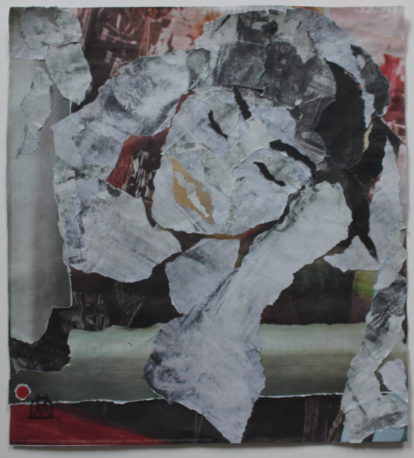
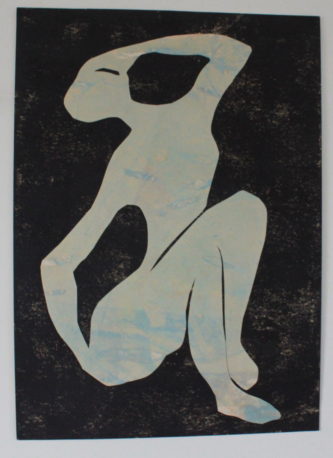
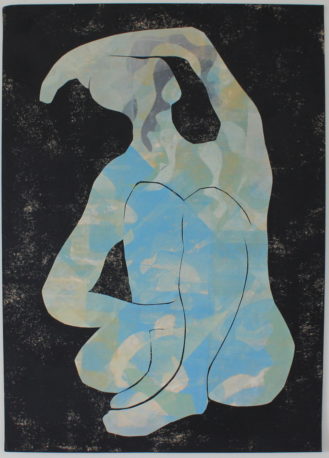
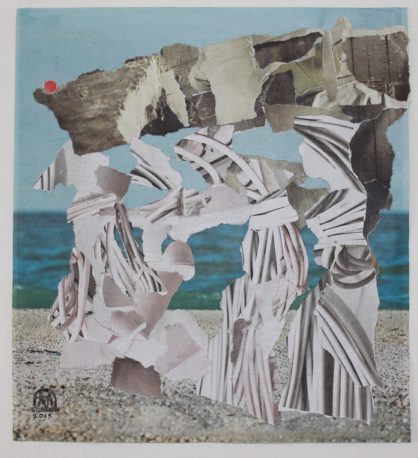
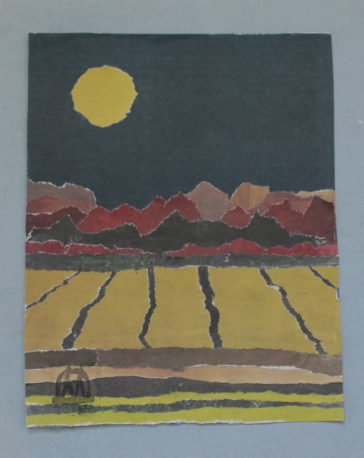
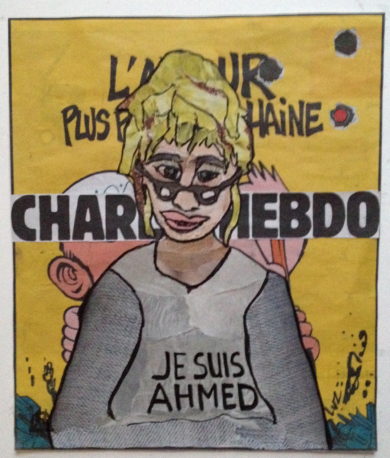
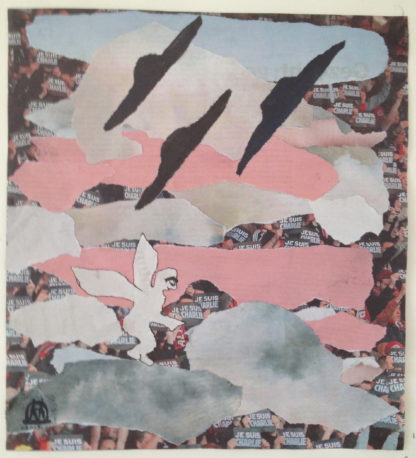
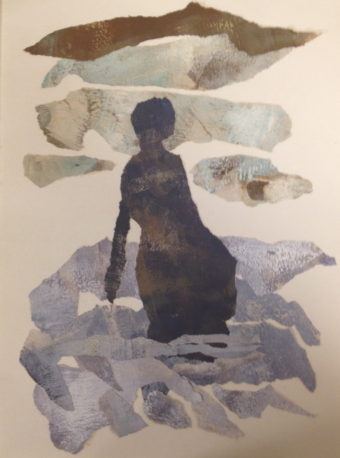

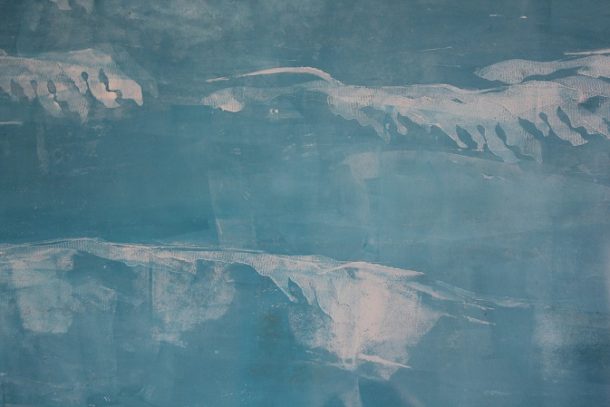














The opinions expressed by individual commentators and contributors do not necessarily constitute this website's position on the particular topic.